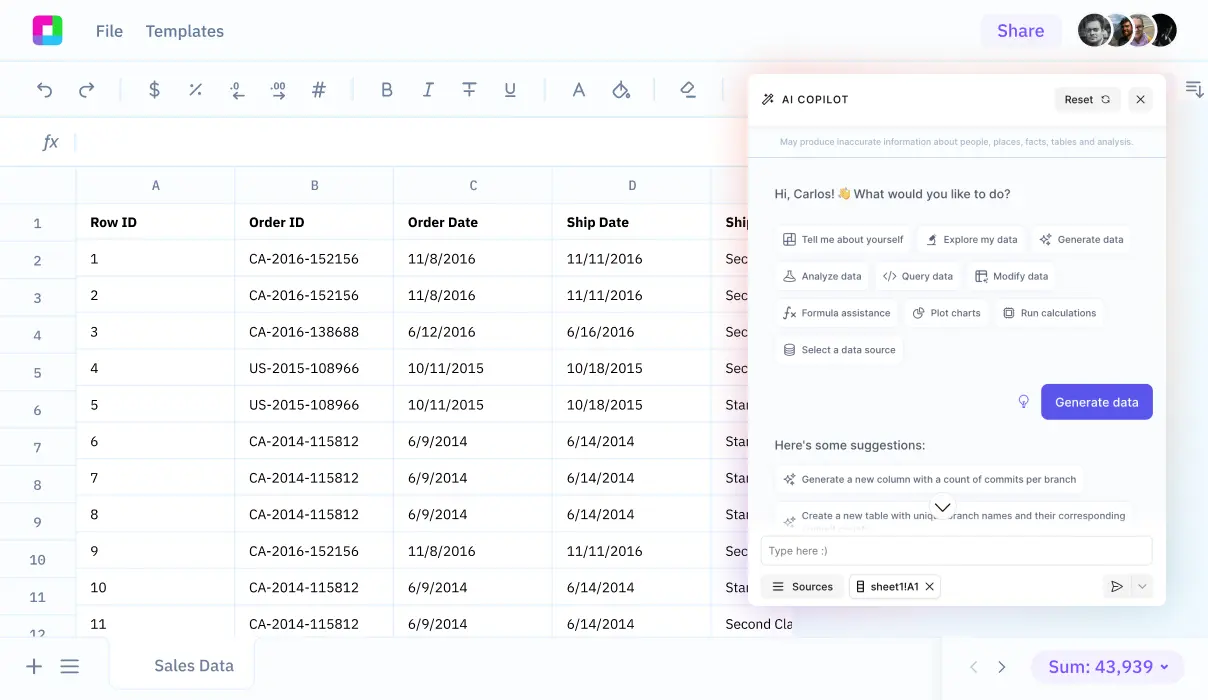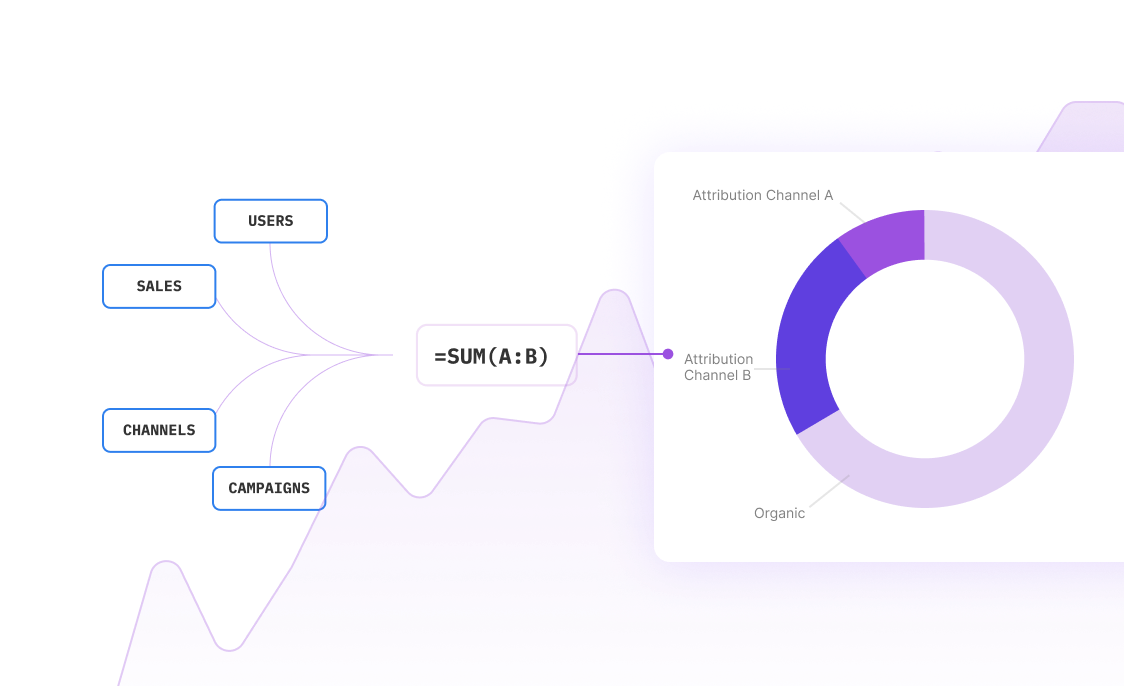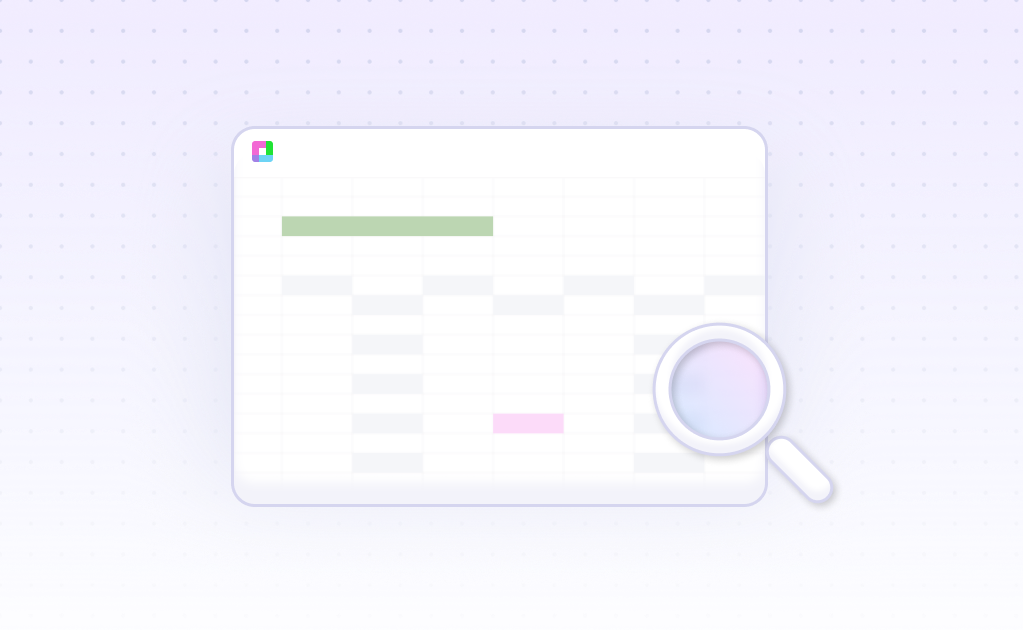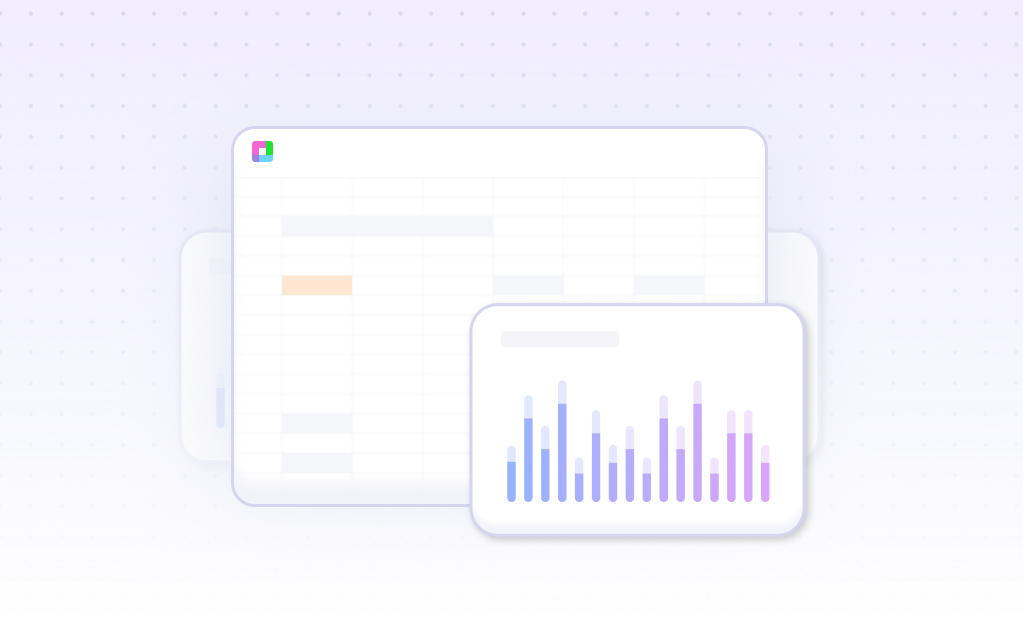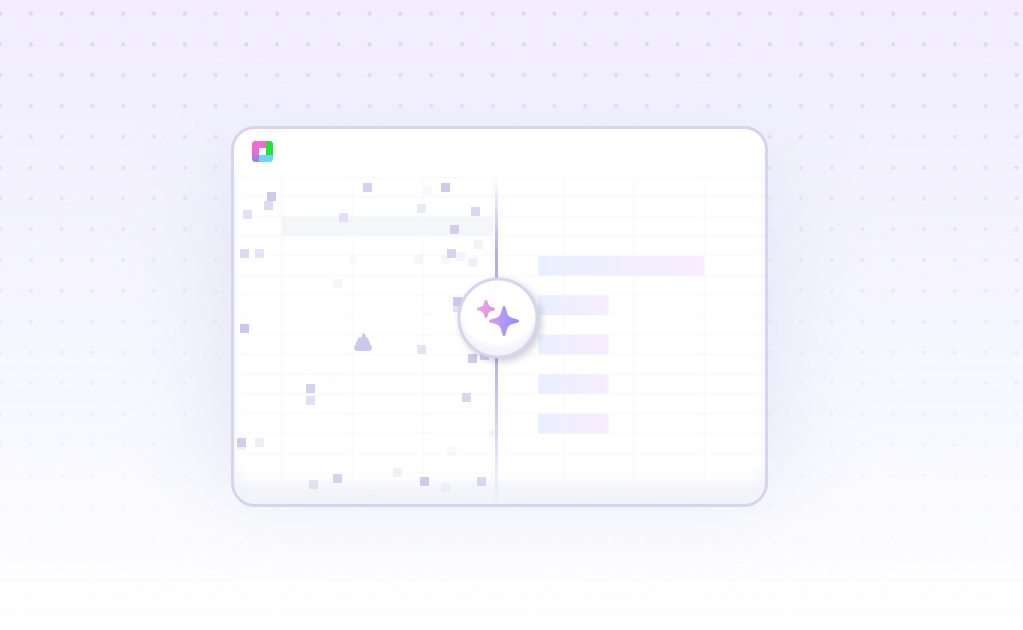
Introduction
Financial statement ratio analysis is essential for understanding an organization's financial health. Excel remains one of the most popular tools for calculating these ratios, making it accessible even to those without extensive finance expertise. However, traditional spreadsheet analysis requires comparing ratios to industry benchmarks and combining multiple financial analysis tools for comprehensive insights.
Sourcetable offers an AI-powered alternative that streamlines financial analysis. This innovative platform combines AI-driven formulas, automated data cleaning, and advanced analysis capabilities through SQL and Python integration. With features like automatic chart generation and voice-driven interactions, Sourcetable makes complex financial analysis accessible to everyone.
In this guide, we'll explore how Sourcetable's AI capabilities transform financial statement ratio analysis, which you can experience firsthand at sourcetable.com/signup.
Why Sourcetable Is Superior for Financial Statement Ratio Analysis
Sourcetable combines AI capabilities with spreadsheet functionality to revolutionize financial statement ratio analysis. While Excel relies on structured tables and pivot tables for data visualization, Sourcetable's AI-powered features enable natural language processing for faster, more intuitive analysis.
Enhanced Efficiency in Ratio Calculations
Financial ratio calculations like Cash Flow to Total Debt = (Net Income + Depreciation Expense + Amortization Expense) / (Current Liabilities + Non-Current Long-Term Debt) become simpler with Sourcetable's natural language processing. Instead of manually creating formulas in Excel, users can describe the analysis they want in plain English.
Automated Analysis and Visualization
Sourcetable streamlines the analysis of key financial metrics including liquidity, profitability, solvency, and capital reinvestment. The platform automatically generates visualizations and reports, eliminating the manual pivot table creation required in Excel.
24/7 Intelligent Support
Unlike Excel's static help system, Sourcetable provides round-the-clock AI assistance for analyzing complex ratios like the Debt Service Coverage Ratio and Equity Financing. This continuous support ensures accurate financial condition assessment and better decision-making.
Benefits of Financial Statement Ratio Analysis in AI-Powered Spreadsheets
Financial statement ratio analysis provides critical insights into company profitability and solvency. Through systematic ratio calculations, business leaders gain crucial data for confident decision-making. Investors and stakeholders rely on these ratios to evaluate investment opportunities and make informed stock decisions.
Enhanced Analysis with AI-Powered Tools
AI-powered spreadsheet tools automate complex financial analysis tasks including data cleaning, report generation, and ratio calculations. These tools analyze large datasets faster than traditional methods while minimizing human error. They provide real-time visibility into business data and enhance forecasting accuracy.
AI automation handles financial forecasting, scenario analysis, budgeting, and trend analysis with greater precision. The tools uncover hidden insights in complex datasets and optimize investment strategies through advanced analytics capabilities.
By streamlining FP&A processes and connecting with other business tools, AI-powered spreadsheets enable more efficient and accurate financial statement analysis. This automation of repetitive tasks allows analysts to focus on strategic decision-making rather than manual calculations.
Financial Ratio Analysis Examples with Sourcetable
Sourcetable provides comprehensive ratio analysis capabilities across 55 financial metrics to evaluate company performance and financial health. The platform enables automated analysis of profitability, liquidity, solvency, and stability ratios while minimizing human error.
Leverage Ratios
Operating leverage ratio analyzes fixed versus variable costs, with higher ratios indicating greater fixed cost proportion. Financial leverage ratio, calculated as % change in EPS / % change in EBIT, measures earnings volatility. Total leverage ratio combines both metrics to predict how revenue changes impact shareholder earnings.
Asset Management Ratios
Fixed asset ratio evaluates long-term obligation management capacity, while current-to-fixed asset ratio compares asset levels. The proprietary ratio, calculated as total shareholder equity / total assets, indicates equity adequacy for operations.
Performance Benchmarking
Sourcetable enables benchmarking against industry peers using key metrics like return on assets, earnings margin, EBITDA multiple, and SaaS-specific measures like magic number and Bessemer efficiency score. The platform automates data cleaning, report generation, and trend analysis for faster insights.
Solvency Assessment
Critical solvency metrics include debt-to-assets ratio, debt-to-equity ratio, debt service coverage ratio, and interest coverage ratios. Liquidity analysis incorporates quick ratio, current ratio, cash ratio, and operating cash flow ratio for comprehensive financial health evaluation.
Use Cases for Financial Ratio Analysis with Sourcetable
Compare Hospital Performance Over Time |
Analyze hospital profitability, liquidity, and solvency metrics across multiple periods. AI-powered analysis accelerates data processing and improves accuracy when tracking performance trends. |
Assess Capital Investment Strategies |
Evaluate capital reinvestment metrics to determine if hospitals are maintaining adequate infrastructure investment. AI assists in calculating complex ratios like |
Monitor Liquidity Risk |
Track liquidity metrics to ensure hospitals can meet short-term obligations. AI automation enables faster analysis of current ratios and working capital metrics across multiple facilities. |
Compare Industry Benchmarks |
Analyze hospital performance against industry standards using automated ratio calculations. AI processing allows for efficient comparison of multiple institutions' financial metrics simultaneously. |
Strategic Financial Planning |
Use AI-enhanced ratio analysis to identify trends and forecast future performance. Automated calculations free finance teams to focus on strategic planning and value creation. |
Frequently Asked Questions
What is financial statement ratio analysis?
Ratio analysis is a fundamental method of analyzing a company's financial data by examining relationships between items on the balance sheet and income statement. It is a cornerstone of fundamental equity analysis that allows evaluation of company performance over time and comparison to industry peers.
What types of financial ratios can be analyzed?
The main categories of financial ratios include capital reinvestment ratios (measuring investment in capital assets), liquidity ratios (assessing ability to meet debts with liquid assets), profitability ratios (measuring money made or lost in a period), and solvency ratios (evaluating long-term debt relative to assets).
How can Sourcetable help with financial ratio analysis?
Sourcetable enables faster analysis of financial data by providing a 360-degree view of organizational financial performance. It helps analyze historical data for improved forecasting and enables collaboration across teams, allowing users to unlock actionable insights for smarter decision-making.
Conclusion
Financial ratio analysis in Excel provides valuable insights into an organization's financial health, especially when combined with other analytical tools and industry benchmarks. While Excel remains a popular tool for financial analysis, modern AI alternatives like Sourcetable offer automated solutions that make financial analysis more accessible and efficient.
Sourcetable streamlines financial ratio analysis through AI-driven formulas, automated data cleaning, and interactive visualizations. Its integration with SQL and Python enables advanced analysis capabilities, while voice-driven interactions simplify data manipulation. For efficient financial statement ratio analysis without requiring Excel expertise, try Sourcetable at sourcetable.com/signup.
Recommended Analysis Guides
Connect your most-used data sources and tools to Sourcetable for seamless analysis.
Frequently Asked Questions
If you question is not covered here, you can contact our team.
Contact Us
